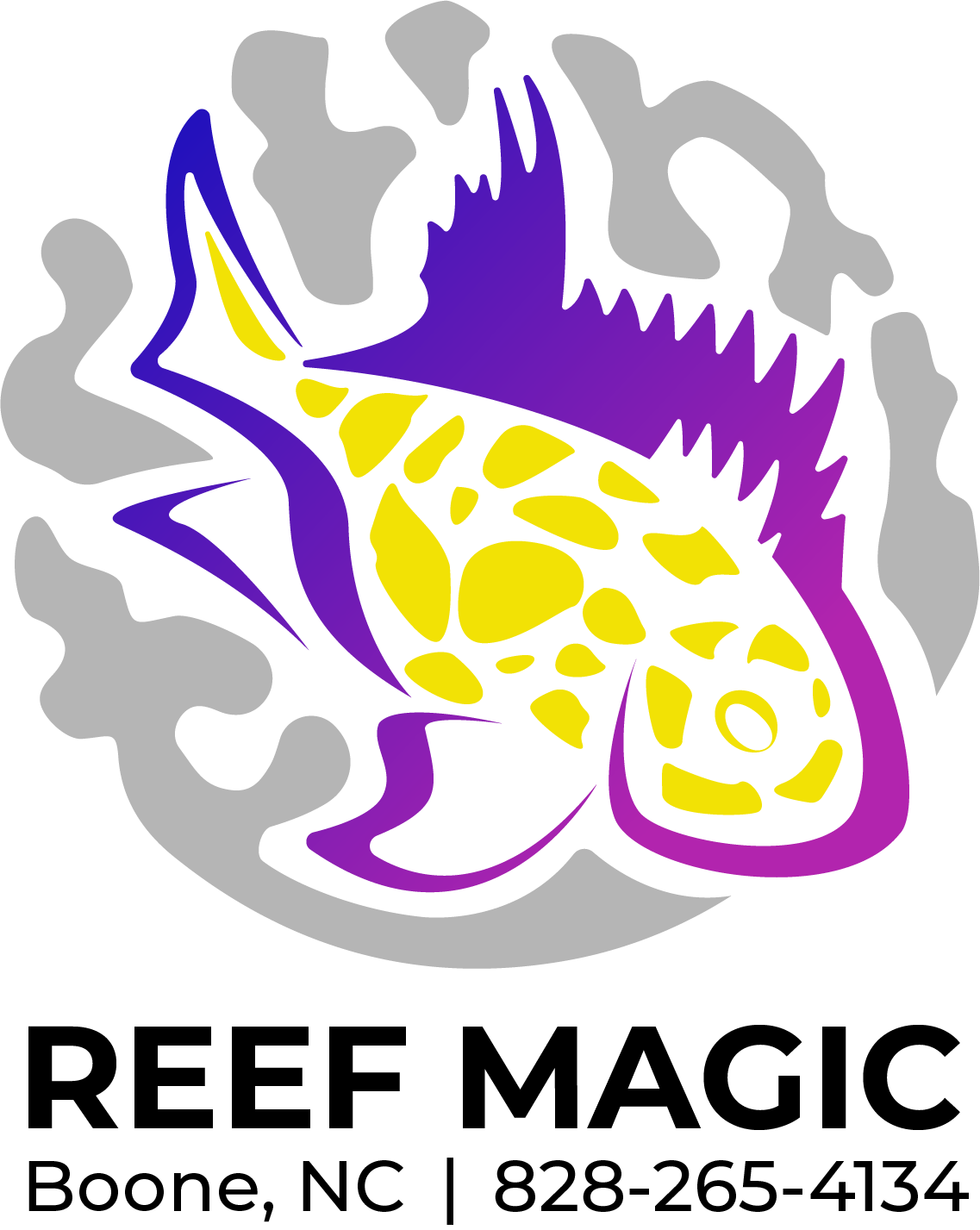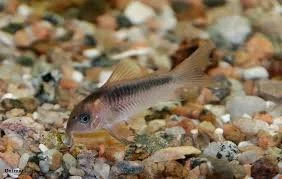 Image 1 of 1
Image 1 of 1


Cory- Hognose Brochis
The Hognose Brochis (Brochis multiradiatus) is a large, peaceful bottom-dwelling catfish from the Amazon basin, easily distinguished by its long, hog-like snout and a high number of dorsal fin rays (around 17). They are typically silvery-gray or brownish with a metallic sheen, although some specimens have an emerald-green or bluish coloration. Growing up to 4 inches, they are best kept in groups of four or more and are suitable tank mates for peaceful, community aquariums.
Physical characteristics
Size: Can grow to about 4 inches (around 10 cm) in length.
Snout: Has a distinct, long "hog-like" snout.
Dorsal fin: Has a high number of rays, usually 17, which is a key feature that differentiates it from other related species.
Body shape: Triangular, with a deep body and a bulky appearance.
Color: Varies from dull brownish/grey to bluish or greenish metallic colors, sometimes with a pinkish tinge on the ventral region.
Fins: Pectoral and dorsal fins have spines that can get tangled in netting; juvenile fins may be colored, but adult fins are often clear.
Temperament and social behavior
Peaceful and active: They are a peaceful species, but active enough to be suitable for more dynamic aquariums.
Social: Should be kept in groups of four or more, as they are a schooling fish.
Compatibility: Can be kept with most peaceful fish, such as tetras, angelfish, and dwarf cichlids, and are more robust than smaller corys, allowing them to compete for food with larger tank mates like some loaches.
Habitat and care
Origin: Native to the Eastern Amazon and Napo rivers in Peru and Ecuador.
Tank setup: Prefer a soft substrate for foraging.
Water parameters:
Temperature: 20−26°𝐶(68−79°𝐹).
pH: 6.0–7.5.
Hardness: 36–215 ppm.
Diet: Primarily an insectivore and scavenger, feeding on invertebrates, worms, and other sinking foods.
Water quality: Good filtration and frequent partial water changes are important, as they are sensitive to high nitrate levels.
The Hognose Brochis (Brochis multiradiatus) is a large, peaceful bottom-dwelling catfish from the Amazon basin, easily distinguished by its long, hog-like snout and a high number of dorsal fin rays (around 17). They are typically silvery-gray or brownish with a metallic sheen, although some specimens have an emerald-green or bluish coloration. Growing up to 4 inches, they are best kept in groups of four or more and are suitable tank mates for peaceful, community aquariums.
Physical characteristics
Size: Can grow to about 4 inches (around 10 cm) in length.
Snout: Has a distinct, long "hog-like" snout.
Dorsal fin: Has a high number of rays, usually 17, which is a key feature that differentiates it from other related species.
Body shape: Triangular, with a deep body and a bulky appearance.
Color: Varies from dull brownish/grey to bluish or greenish metallic colors, sometimes with a pinkish tinge on the ventral region.
Fins: Pectoral and dorsal fins have spines that can get tangled in netting; juvenile fins may be colored, but adult fins are often clear.
Temperament and social behavior
Peaceful and active: They are a peaceful species, but active enough to be suitable for more dynamic aquariums.
Social: Should be kept in groups of four or more, as they are a schooling fish.
Compatibility: Can be kept with most peaceful fish, such as tetras, angelfish, and dwarf cichlids, and are more robust than smaller corys, allowing them to compete for food with larger tank mates like some loaches.
Habitat and care
Origin: Native to the Eastern Amazon and Napo rivers in Peru and Ecuador.
Tank setup: Prefer a soft substrate for foraging.
Water parameters:
Temperature: 20−26°𝐶(68−79°𝐹).
pH: 6.0–7.5.
Hardness: 36–215 ppm.
Diet: Primarily an insectivore and scavenger, feeding on invertebrates, worms, and other sinking foods.
Water quality: Good filtration and frequent partial water changes are important, as they are sensitive to high nitrate levels.






